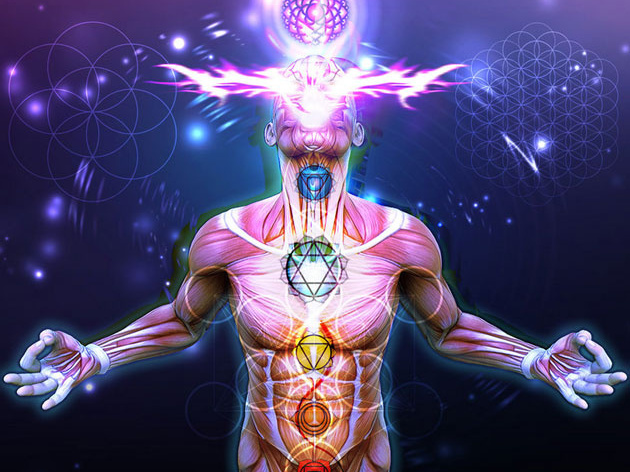Marc Soucy’s Montana is a deeply evocative and masterfully composed piece that transcends mere musicality, embodying a philosophical and emotional journey through sound. Opening with a timeless and classic piano performance, the piece immediately sets a tone of elegance and introspection. The opening notes feel like a whisper from history, a beckoning to explore a rich and layered sonic landscape. As the composition unfolds, intriguing and cinematic chord changes take center stage, seamlessly shifting between moods and textures, creating an immersive experience that would be equally at home as the score to an epic film.
The orchestral soundscape of Montana is rich with emotional depth. Strings, introduced with a delicate yet commanding presence, amplify the sense of grandeur while lending a deeply emotive quality to the composition. These elements do not merely exist as sonic embellishments but as integral voices in the narrative Soucy crafts. The inclusion of Eastern percussion elements subtly shifts the piece’s trajectory, adding an element of intrigue and movement. These percussive textures, accompanied by soft, almost meditative chants, imbue the piece with a spiritual quality, transforming “Montana” from a mere composition into an auditory pilgrimage.
As the piece progresses, an astral flute emerges, elevating the music into an almost cosmic dimension. The flute’s presence suggests transcendence, as if gazing beyond the physical realm into something infinite and boundless. The dramatic build-up that follows intensifies the composition’s storytelling essence, drawing us deeper into its emotional core before returning to the original piano motif. This structural return is not a simple repetition but rather a culmination, imbued with the weight of the journey undertaken, a homecoming that feels both familiar and profoundly changed.


Beyond its sonic beauty, Montana carries a philosophical weight that resonates with us. As Soucy himself describes, the piece is inspired by the development of the United States between the 1840s and the 1940s, a period marked by rapid growth, industrial expansion, and profound social transformation. His composition captures the duality of this history: the optimism of a rising superpower and the sorrow of those who were left in its wake. The music, like history itself, is layered with triumph and tragedy, celebration and reflection.
The world music elements present in Montana are not mere additions but fundamental to its essence. They remind us that America is a melting pot of cultures and ideas, that its very identity is shaped by the fusion of countless voices and histories. Soucy’s mastery of compositional ebb and flow ensures that each element—whether classical, cinematic, or world-influenced – finds its place, contributing to an experience that feels both personal and universal.
In many ways, Montana is not just a composition but an experience, a meditation on history, identity, and the passage of time. It is a piece that lingers long after its final notes have faded, echoing in the mind as both a question and an answer. Elegant and refined, Soucy’s work is a testament to the power of music to evoke, to transport, and ultimately, to illuminate.
Naturally, we have added Montana to our New Music Spotlight playlist, and our TRIPPY and TIMELESS playlists, whilst we continue to stream the talented composer’s exquisite, growing discography, including the outstanding, Tashkent Fire Club.
